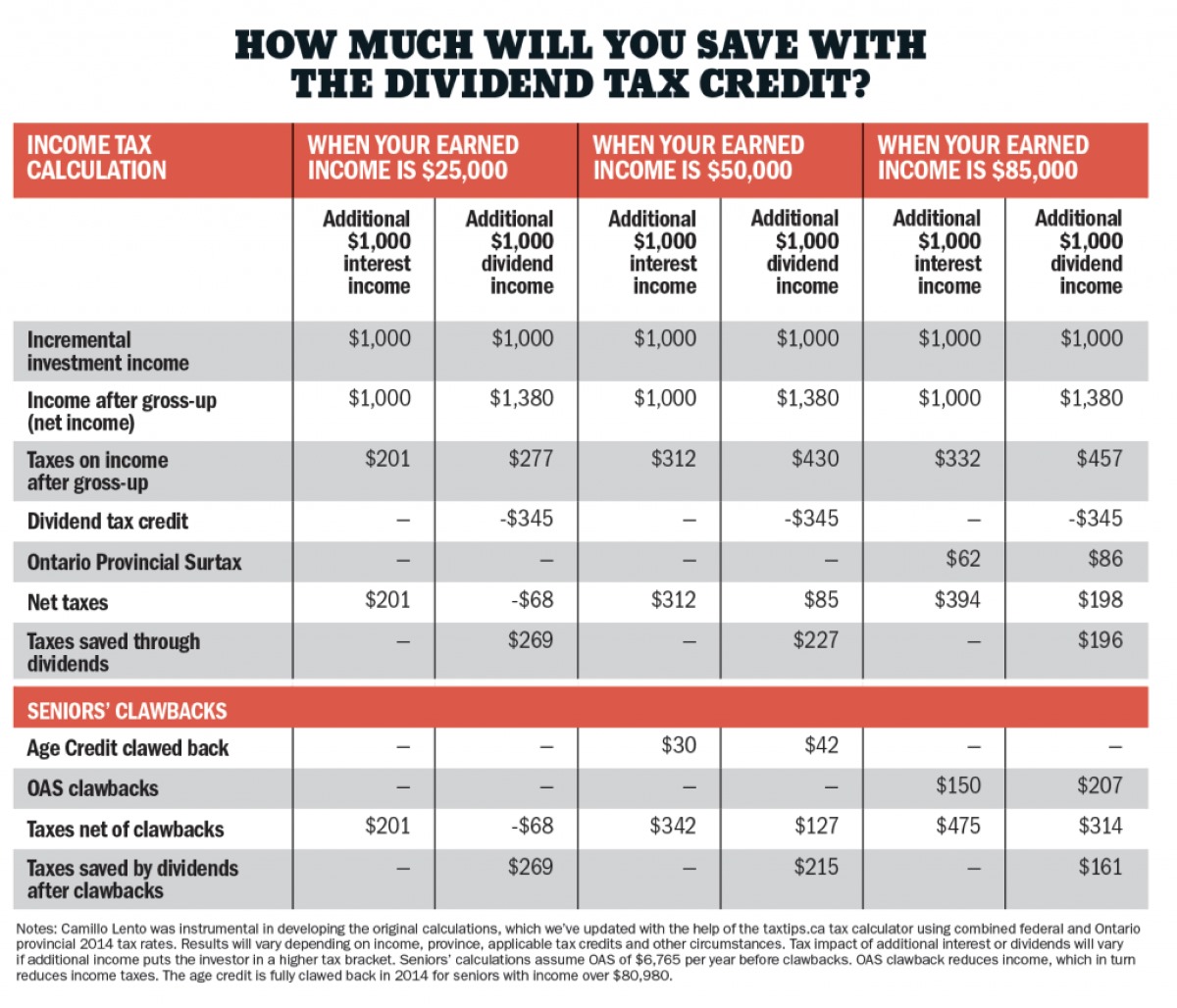Home>Finance>Average Directional Index (ADX): Definition And Formula


Finance
Average Directional Index (ADX): Definition And Formula
Published: October 11, 2023
Learn the definition and formula of the Average Directional Index (ADX) in finance. Understand how ADX is calculated and its significance in analyzing market trends.
(Many of the links in this article redirect to a specific reviewed product. Your purchase of these products through affiliate links helps to generate commission for LiveWell, at no extra cost. Learn more)
Understanding the Average Directional Index (ADX)
When it comes to making informed financial decisions, having access to reliable indicators is crucial. One such indicator that can provide valuable insights into market trends and potential trading opportunities is the Average Directional Index, or ADX. In this article, we’ll explore what ADX is, how it’s calculated, and how it can be used by investors and traders alike.
Key Takeaways:
- ADX is a technical indicator used to measure the strength of a trend, regardless of whether it is an uptrend or a downtrend.
- ADX is calculated using a formula that takes into account the positive and negative directional movement over a specific period of time.
What is ADX?
The Average Directional Index (ADX) is a technical analysis tool that helps investors and traders determine the strength of a trend in the market. It was developed by J. Welles Wilder in the late 1970s and remains popular among market participants today.
The ADX is unique because it measures the strength of a trend, regardless of whether it is an uptrend or a downtrend. This makes it a versatile and valuable tool in identifying potential trading opportunities across various asset classes, including stocks, currencies, and commodities.
How is ADX Calculated?
The ADX is calculated using a formula that takes into account the positive and negative directional movement over a specific period of time. The formula involves a series of calculations that involve calculating the Average True Range (ATR) and smoothing the results.
While the exact calculation of ADX may seem complex, the important thing to understand is that the resulting value ranges from 0 to 100. A reading below 20 suggests a weak trend, while a reading above 50 indicates a strong trend. Traders often use the 20 and 50 levels as thresholds for determining whether a trend is worth considering for a trade.
It’s important to note that ADX does not provide information about the direction of the trend. It solely focuses on the strength of the trend. Therefore, it’s often used in conjunction with other technical indicators to gain a more comprehensive understanding of the market.
Final Thoughts
The Average Directional Index (ADX) is a powerful technical indicator that can help investors and traders identify and assess the strength of trends in the market. By understanding the calculation and interpretation of ADX, market participants can make more informed decisions and potentially capitalize on trading opportunities.
Remember, while ADX is a valuable tool, it’s essential to use it in conjunction with other indicators and conduct thorough market analysis before making any financial decisions. By combining ADX with other technical and fundamental analysis tools, you can increase your chances of success in the complex world of finance.
So, whether you’re a seasoned trader or just starting, consider adding the Average Directional Index to your arsenal of tools for navigating the financial markets.














